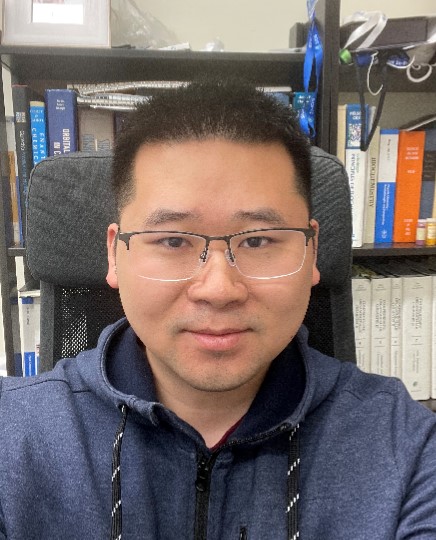New Strategies for Stereoselective Radical Biocatalysis
Yang Yang Ph.D.
Assistant Professor, Department of Chemistry and Biochemistry, University of California, Santa Barbara
April 17, 2024

Seminar Details
Host: Wenshe Liu
Time: 4:00 pm
Location: BCBP 108
Seminar Abstract
Radical reactions have enjoyed widespread applications in small molecule and macromolecule synthesis. However, due to the lack of exploitable stereocontrol elements in
synthetic systems, steering the absolute and relative stereochemistry of free radical transformations is notoriously difficult in asymmetric catalysis. Combining synthetic chemistry and
biocatalysis, our group advanced two novel strategies to enable stereoselective free radical processes. First, by capitalizing on the innate redox properties of first-row transition-metal cofactors in natural metalloproteins, we repurposed natural metalloproteins to catalyze unnatural radical reactions in a stereocontrolled fashion. Through metalloenzyme-catalyzed atom transfer, a range of radical-mediated C–C, C–Br, and C–F bond forming processes proceeded with excellent stereocontrol. Our evolved metalloenzymes readily function in bacterial cells, displaying excellent total turnover numbers (up to 20,000) and diastereo- and enantioselectivities. Second, by merging visible light photoredox catalysis and biocatalysis, we advanced a novel mode of pyridoxal radical biocatalysis which is unprecedented in biochemistry and organic chemistry. This synergistic photoredox–pyridoxal radical biocatalysis allowed us to repurpose a range of pyridoxal phosphate (PLP)-dependent enzymes as radical enzymes, leading to new radical PLP enzymology. Pyridoxal radical biocatalysis provides access to a range of non-canonical amino acids, including those bearing a stereochemical dyad or triad, with excellent diastereo- and enantiocontrol. Collectively, new-to-nature radical biocatalysis provide a new solution to discover new modes of catalysis involving transient free radical intermediates, allowing radical transformations to be performed with exquisite stereocontrol.